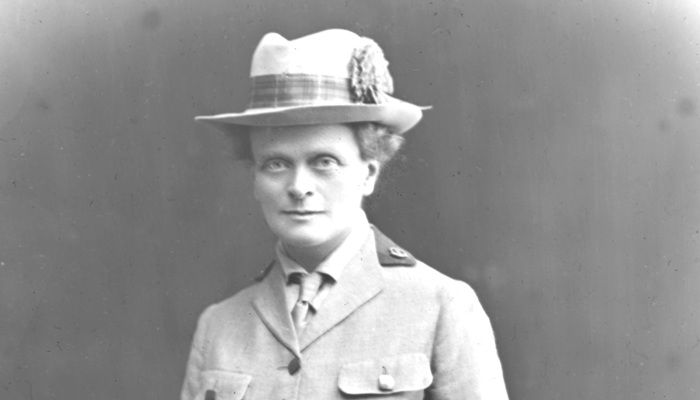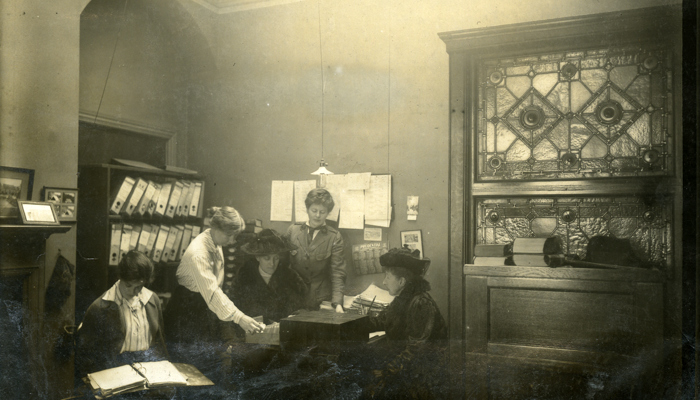
The Scottish Women's Hospitals - Times Past
In partnership with the Glasgow Times, our archivists are exploring Glasgow's fascinating history. Barbara Neilson writes about Dr Elsie Inglis and the Scottish Women's Hospitals.
Dr Elsie Maud Inglis (1864 – 1917) was one of the hundreds of women who left their homes during the First World War. Women worldwide were recruited to work as doctors, nurses, orderlies, drivers and cooks in units of the Scottish Women’s Hospitals (SWH) for Foreign Service. The SWH units, located throughout Europe and Russia, were to care for soldiers and civilians alike whether wounded or ill.
The funds were generated by public fundraising and subscriptions. The SWH received no central government support. When Dr Inglis first proposed the idea of women’s medical units serving on the front line to the War Office, it was rejected outright. She was told to go home and sit still. Undeterred and determined, Dr Inglis and her colleagues spearheaded a vigorous campaign to fundraise the money required to establish and maintain the SWH units.
It was a massive administrative and logistical task to co-ordinate personnel, equipment, supplies and premises. Each SWH unit was in contact with committees in Edinburgh, Glasgow and London but was led day-to-day by a Chief Medical Officer (CMO) and supported by an administrator. Locations for the units were diverse. They included a dilapidated French Cistercian abbey, a former silkworm factory and lakeside land which became home to over 200 field hospital tents.
Glasgow City Archives holds the archives created and collected by the SWH’s Honorary Treasurer, Mrs Jessie Laurie. Before being catalogued in 2014, this collection lay in large tins. Several were full of minutes and correspondence. Others were filled with reports, financial statements and fundraising papers. Still more contained the SWH’s personnel files and photographs. Without a catalogue, the collection was difficult to use. After cataloguing, the words, images and stories of hundreds of women became available to the public as a whole for the first time. It’s become one of our most popular collections. Many researchers have visited to discover the women of the SWH for themselves.
Women like Louisa Jordan, the Maryhill nurse who served in the 1st Serbian Unit and whose name was given to the NHS hospital established at the SEC in 2020. Or Norah Neilson Gray, the Hillhead resident and artist who became an orderly at Royaumont (the thirteenth century Cistercian abbey) and captured the scenes she saw there in her paintings. Or Dr Inglis herself who was the CMO of the first Serbian Unit. She became the first female recipient of the country’s Order of the White Eagle (First Class).
The Scottish Women's Hospital images


